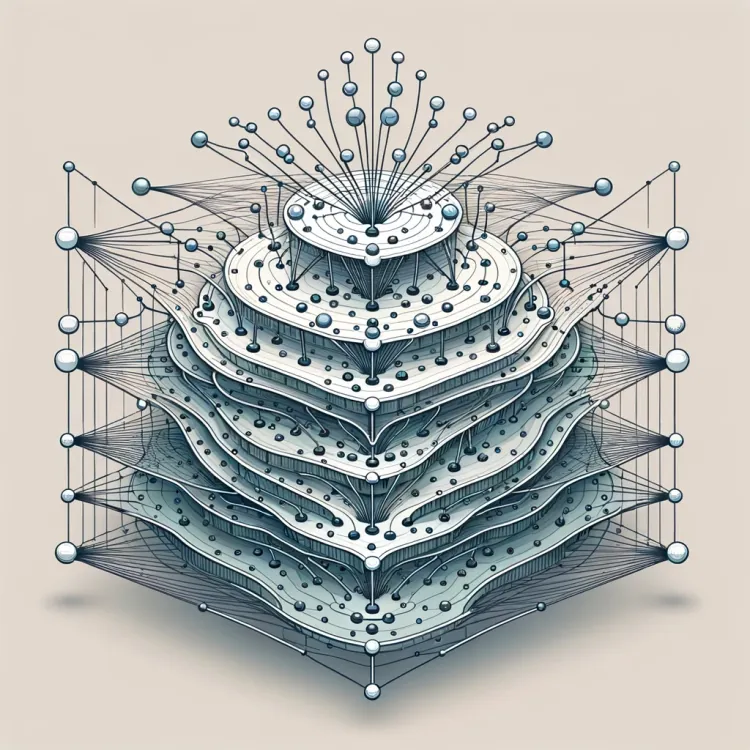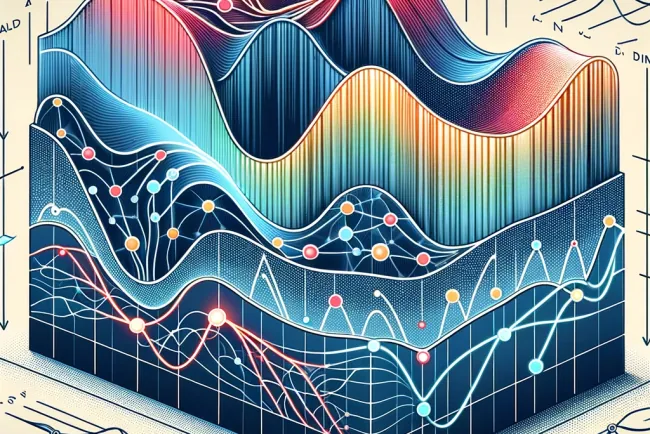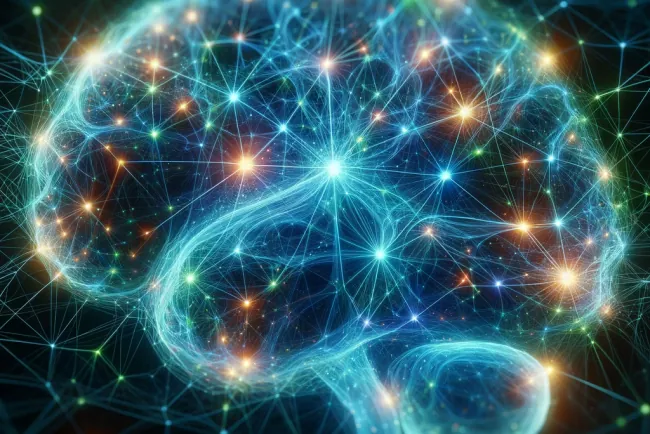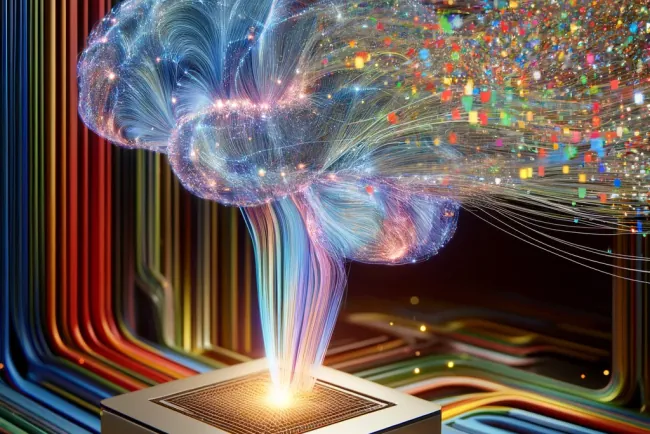Introduction
Neural networks, the backbone of modern artificial intelligence, are akin to a complex web of neurons working in harmony to process information and make decisions. At the heart of these networks lie the hidden layers, which play a pivotal role in transforming raw data into insightful, actionable outputs. This article delves into what hidden layers are, their functions, and their significance in enhancing the capabilities of neural networks.
What are Hidden Layers?
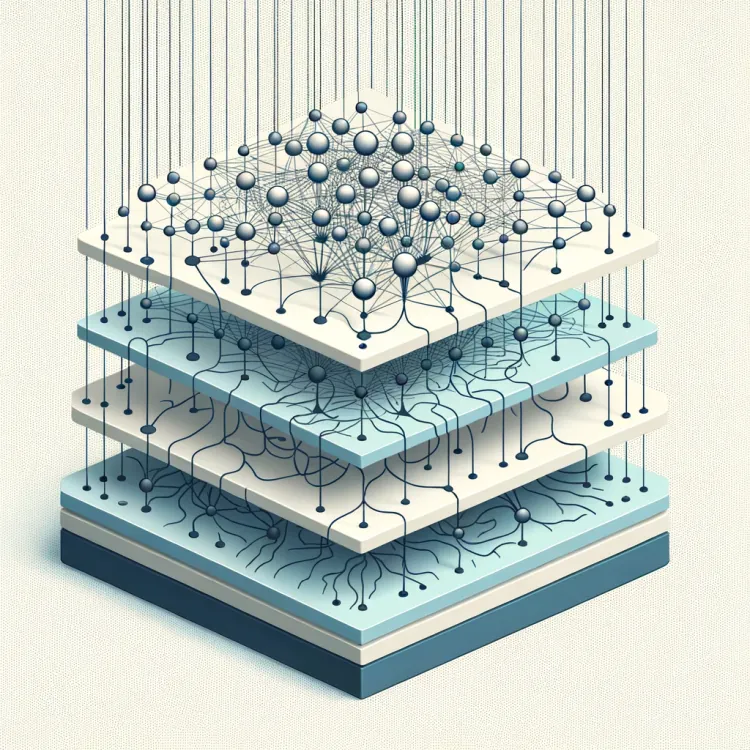
Hidden layers in neural networks are the layers of neurons positioned between the input and output layers. These layers are termed "hidden" because they do not directly interact with the external environment; instead, they internally process the inputs received to generate outputs. Each layer consists of a number of neurons, which are connected by weights and biases that are adjusted during the training process.
Functions of Hidden Layers
The primary function of hidden layers is feature extraction and transformation. They progressively extract higher-level features from the raw input data, which are essential for making complex decisions. Additionally, hidden layers introduce non-linearity into the network, allowing it to learn and model more complex patterns and behaviors that linear models cannot , know more about functions of hidden layers.
Impact on Model Complexity and Capability
Hidden layers significantly influence the complexity and capability of a neural network. The depth (number of layers) and breadth (number of neurons per layer) determine the network's ability to solve intricate problems. More layers generally mean a deeper understanding and finer abstraction capabilities, enabling the network to solve more complex problems effectively.
Practical Examples of Hidden Layers at Work
In image recognition, hidden layers help identify various features like edges, colors, and shapes, which contribute to recognizing objects in images. In natural language processing, these layers aid in understanding semantic relationships and context within the text, which is crucial for tasks like translation or sentiment analysis.
Challenges Associated with Hidden Layers
Despite their benefits, hidden layers come with challenges such as the risk of overfitting, where a model learns the training data too well but performs poorly on unseen data. They also increase the computational complexity, requiring more resources and time to train.
Optimizing Hidden Layers
To optimize the effectiveness of hidden layers, several techniques can be employed. These include regularization methods to prevent overfitting, and proper network architecture design to balance between performance and computational efficiency.
The Future of Hidden Layers in Advancing AI
As AI continues to evolve, so too will the design and capabilities of hidden layers. Innovations in layer architecture and training methods will likely lead to even more powerful and efficient neural networks, pushing the boundaries of what AI can achieve.
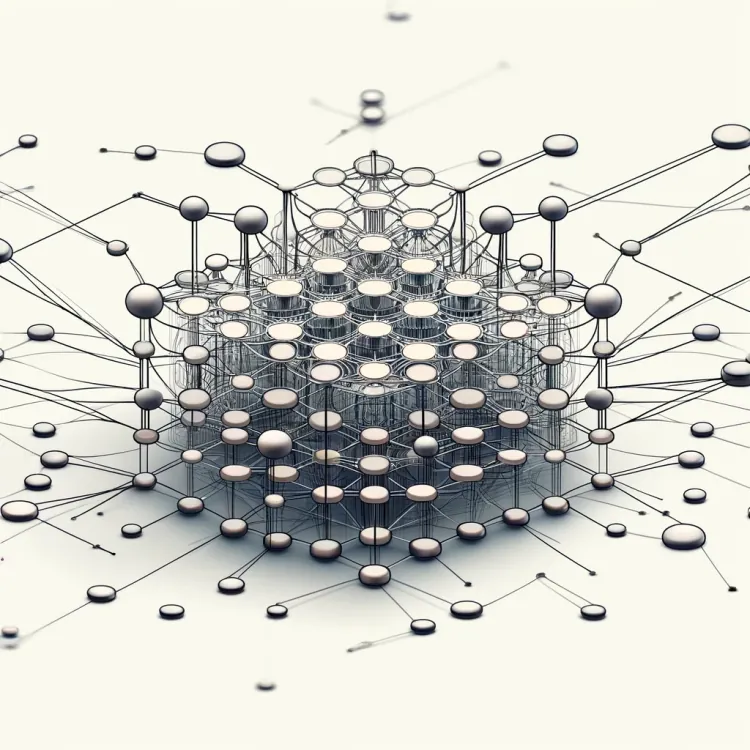
FAQs
- What is the optimal number of hidden layers?
- The optimal number varies depending on the complexity of the task and the specific data involved.
- How do hidden layers affect learning speed?
- More hidden layers typically slow down the training process due to the increased computations required.
Conclusion
Hidden layers are indispensable in neural networks, offering the necessary tools for AI to understand and interact with the world in a meaningful way. As we continue to explore and optimize these networks, the potential for AI to revolutionize various fields becomes increasingly tangible. For those intrigued by AI's capabilities, diving deeper into the architecture of neural networks, especially hidden layers, can provide profound insights into the future of technology.
